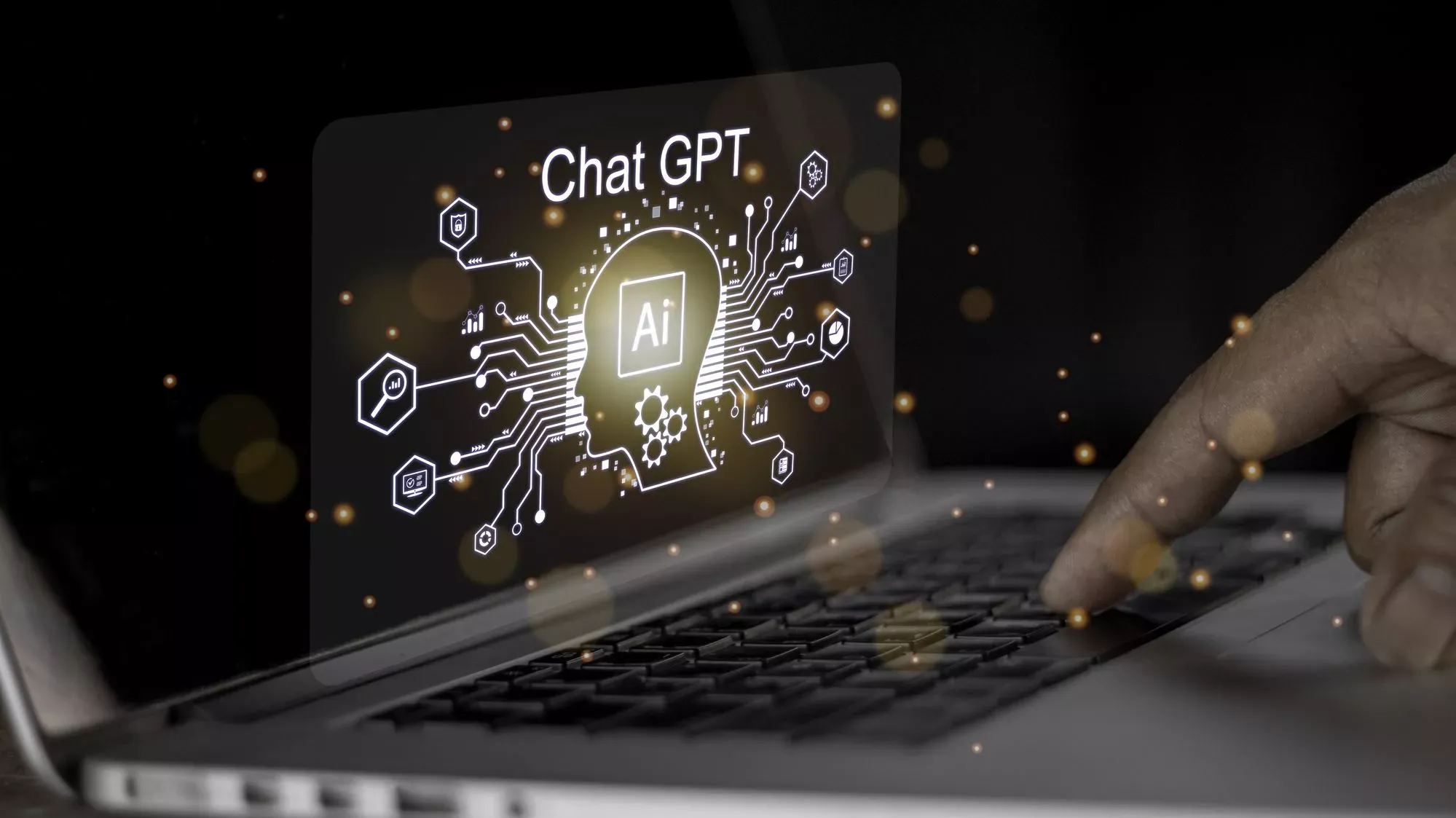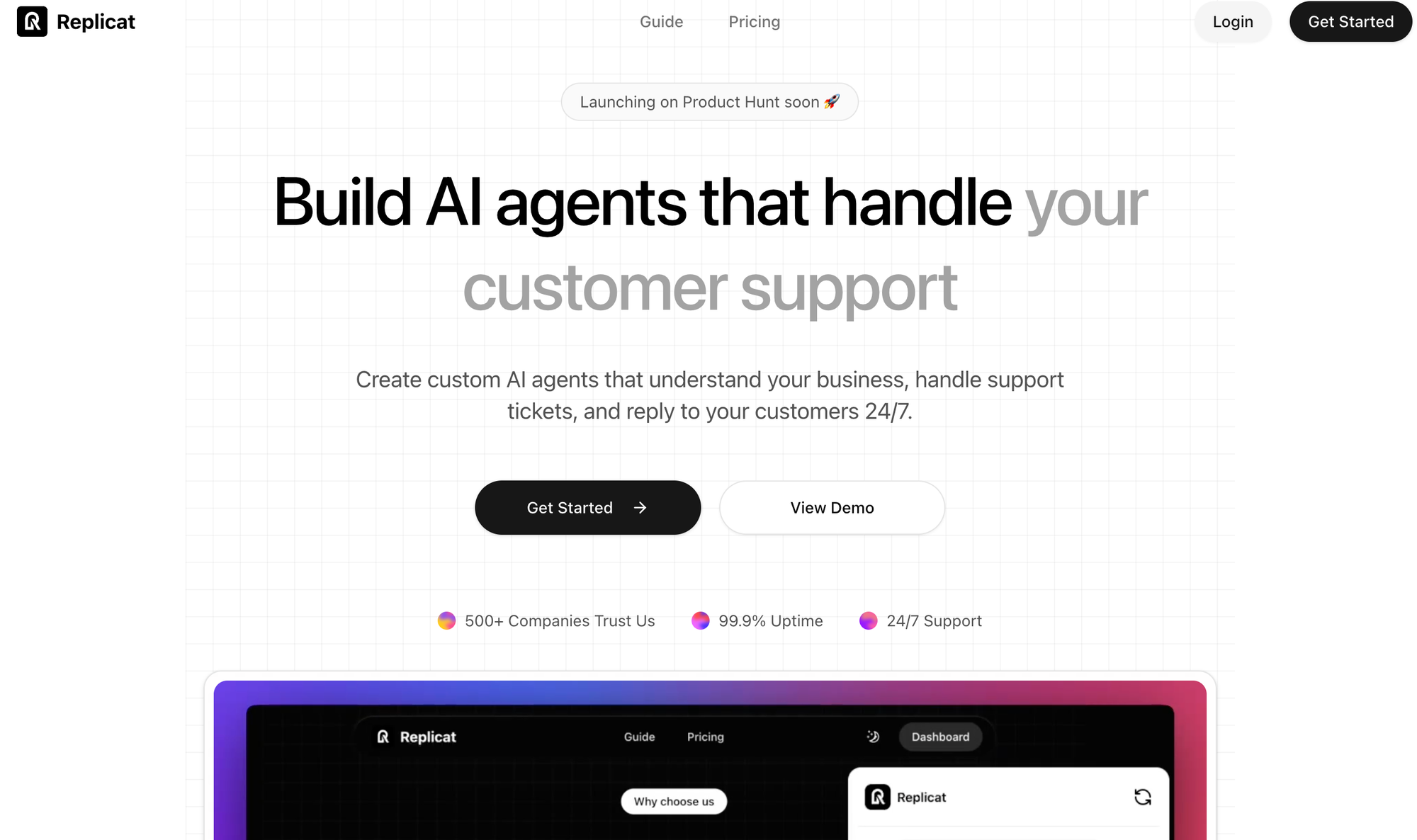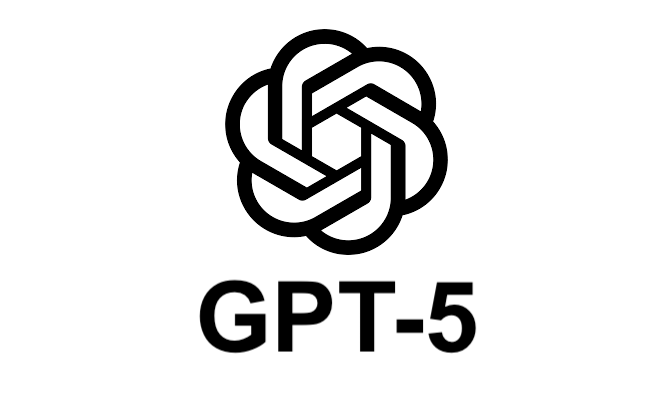Is ChatGPT Accurate: Latest Data & User Experiences
If you've ever wondered about the accuracy of ChatGPT, particularly in addressing medical questions, you're not alone.
The emergence of large language models like ChatGPT has generated both excitement and skepticism, especially in critical areas like healthcare. As AI becomes more integrated into our daily lives, understanding how reliable ChatGPT's responses are is vital for informed decision-making, especially in clinical contexts.

Recent research has investigated ChatGPT's ability to answer medical queries, revealing both its strengths and limitations. Studies indicate that while ChatGPT often provides accurate and detailed answers, it is not infallible. Its performance varies based on the complexity and type of question, as well as the context in which the information is sought.
This raises concerns about its reliability in healthcare and its potential applications in clinical environments. In this article, we will analyze recent data, user feedback, and accuracy benchmarks to evaluate ChatGPT's capabilities. We will also explore the challenges it faces and ongoing efforts to enhance its performance. Whether you're a healthcare professional, a patient, or simply curious, this overview will offer valuable insights into ChatGPT's current and future role in healthcare.
Understanding ChatGPT and Its Capabilities
ChatGPT, a large language model developed by OpenAI, utilizes advanced natural language processing (NLP) techniques to generate human-like responses to a wide range of questions and prompts. Its functionality is driven by its ability to process and analyze vast amounts of data, making it a versatile tool with numerous applications, including in the healthcare sector.
One of ChatGPT's key strengths is its ability to operate 24/7, offering patients convenient and immediate access to healthcare information regardless of their location or the time of day. This is especially beneficial for individuals in remote areas or those who face difficulties in scheduling appointments with healthcare providers.
In the healthcare domain, ChatGPT can analyze symptoms and medical history from patient data to assist doctors in diagnosing diseases. By rapidly processing and evaluating this information, it can generate hypotheses and preliminary diagnoses, saving valuable time during clinical assessments.
Additionally, ChatGPT can predict treatment outcomes based on individual patient characteristics. This capability helps doctors make optimal treatment decisions and provides early warnings about potential risks during therapy.
ChatGPT also plays a significant role in medical education and consultation. It can deliver clear explanations about health conditions, treatments, and self-care methods, enabling patients to better understand their health situation. This contributes to enhanced patient satisfaction and improves the overall quality of healthcare services while reducing errors in the treatment process.
The model's ability to process extensive data from clinical studies and analyze genetic information, pathology, and patient responses to medications makes it invaluable for suggesting personalized treatment plans. These tailored plans enhance treatment effectiveness, minimize side effects, and provide a better care experience for each patient.
Regarding clinical decision support, studies have shown that ChatGPT can achieve high accuracy rates in generating differential diagnoses and addressing medical queries. For instance, it demonstrated a 93.3% accuracy rate in generating differential diagnoses for common chief complaints, though human physicians still outperform it in certain aspects.
Overall, ChatGPT's capabilities position it as a powerful tool that can significantly enhance various aspects of healthcare, from patient communication and education to clinical decision-making and personalized care.
Accuracy Benchmarks Across Different Domains
Evaluation Methodologies
To assess the accuracy of ChatGPT, various evaluation methodologies have been employed, each providing insights into different aspects of its performance. One key approach is the use of benchmarks such as the WildHallucinations benchmark, which measures the model's ability to provide factually accurate information, especially in areas that are not well-represented in its training data.
This benchmark highlights that while ChatGPT excels in domains with abundant training data, it tends to generate "hallucinations"—factually incorrect or nonsensical information—when dealing with lesser-known entities or emerging topics.
In medical domains, studies have utilized systematic reviews and meta-analyses to evaluate ChatGPT's performance in medical licensing examinations. For instance, a study reviewing all studies on ChatGPT performance up to March 2024 found that GPT-4 performed better on short-text questions compared to long-text questions and struggled significantly with open-ended questions. This methodology helps in understanding the model's strengths and weaknesses in specific, high-stakes environments.
Real-World Performance Insights
In real-world applications, ChatGPT's accuracy varies significantly across different domains. In general knowledge questions, particularly those with simple, factual answers, ChatGPT demonstrates high accuracy. However, its performance declines when faced with complex, nuanced, or open-ended questions.
For example, in medical licensing examinations, the pooled accuracy of ChatGPT across all versions was found to be around 58.65% for text-based multiple-choice questions and 43.10% for image-based multiple-choice questions.
In specialized domains like cardiology, the accuracy rates are similarly mixed. While ChatGPT can provide accurate answers to well-defined questions, its accuracy drops when dealing with more complex or image-based queries. This underscores the importance of prompt engineering and the need for clear, well-crafted questions to elicit accurate responses.
Additionally, the model's performance is influenced by its version and the language in which it is used. Newer models like GPT-4 generally outperform older ones like GPT-3.5 in terms of accuracy, reasoning ability, and safety.
Moreover, ChatGPT is most accurate in English due to the vast amount of English text in its training data, with performance in other languages being less reliable.
User Experiences and Feedback
Positive Experiences
User experiences with ChatGPT, particularly in the healthcare sector, have been largely positive, highlighting its potential to enhance patient care and support clinical decision-making. For instance, experienced breast augmentation surgeons have reported that ChatGPT outperforms traditional search engines like Google in providing high-quality answers to medical queries. This has been especially beneficial in patient management and treatment, where ChatGPT's responses align well with expert recommendations, even in complex cases requiring multidisciplinary treatment discussions.
Additionally, patients have appreciated the personalized interactions and streamlined communication that ChatGPT offers. It empowers patients to take a more active role in their healthcare by providing detailed information about their medical conditions, treatment options, and appointment schedules.
ChatGPT has also been praised for its ability to send personalized healthcare tips and reminders, improving medication adherence and follow-up care.
Healthcare providers have found ChatGPT useful in managing administrative tasks and reducing patient anxiety through timely responses. For instance, a urologist effectively used ChatGPT to respond to a negative online review from a dissatisfied patient, showcasing its utility in handling complex communication scenarios.
Reported Inaccuracies
Despite the positive experiences, there have been reports of inaccuracies and limitations in ChatGPT's performance. In medical licensing examinations, while ChatGPT has shown impressive results, it is not without errors. For example, in a test involving 36 clinical vignettes, ChatGPT achieved an accuracy of 71.8%, which, although respectable, indicates room for improvement.
In certain specialized areas, such as breast pain diagnosis, ChatGPT's performance has been moderate at best. When evaluated against the American College of Radiology (ACR) appropriateness criteria for imaging procedures, ChatGPT performed better for breast cancer screening than for breast pain, emphasizing the need for specialized AI tools to support clinical decision-making more reliably.
Moreover, users have noted that ChatGPT can generate "hallucinations"—factually incorrect or nonsensical information—especially when dealing with lesser-known entities or emerging topics. This underscores the importance of continuous evaluation and improvement of the model to ensure it provides accurate and reliable information.
Addressing Challenges of Inaccuracy
Mitigation Strategies
To address the challenges of inaccuracy associated with ChatGPT, particularly in the healthcare sector, several mitigation strategies can be employed. One of the most critical approaches is ensuring the accuracy, reliability, and validity of ChatGPT-generated content through rigorous validation and ongoing updates based on clinical practice.
This involves regularly updating the model with the latest medical research, clinical guidelines, and expert opinions to keep its knowledge base current and accurate.
Healthcare organizations can also implement robust ethical guidelines to navigate the ethical landscape of AI. This includes adhering to strict ethical standards, promoting transparent and accountable use of ChatGPT, and protecting patient privacy.
Comprehensive ethical guidelines can help ensure that ChatGPT is used responsibly, reducing the risks associated with biased training data and overreliance on the model. For instance, guidelines can emphasize the importance of validating ChatGPT's responses against established clinical practices and ensuring that patients are not encouraged to self-diagnose based on AI-generated information alone.
In terms of technical mitigation, healthcare organizations can adopt strategies to secure patient health information (PHI) when using ChatGPT. This includes implementing HIPAA compliance measures such as encryption, access controls, and regular vulnerability assessments. Educating users on the importance of not entering confidential or PHI into generative AI tools is also important.
While this approach relies on continuous training and awareness programs, it significantly reduces the risk of breaches and ensures that any interaction with ChatGPT is conducted within the bounds of privacy regulations.
Another effective strategy is to use ChatGPT in conjunction with human oversight. For example, in clinical settings, doctors can use ChatGPT to gather information and generate hypotheses, but final diagnoses and treatment decisions should always be made by healthcare professionals.
This hybrid approach leverages the strengths of both AI and human judgment to ensure accurate and reliable healthcare outcomes.
Regular monitoring and auditing of system performance and data processing methods are also essential. This involves continuous evaluation of ChatGPT's responses to identify any inaccuracies or biases and addressing these issues promptly.
By implementing a data governance framework that ensures compliance with privacy regulations and promotes responsible data handling practices, healthcare organizations can maximize the benefits of AI while minimizing its risks.
Improving ChatGPT's Accuracy
Improving the accuracy of ChatGPT involves several strategies, one of which is training your own version of the model using customized data sets. This can be done through platforms like Replicat.co, which provide the tools and infrastructure necessary for fine-tuning and deploying AI models.

Using Replicat.co, you can package and train your own version of ChatGPT on a specific set of data relevant to your needs. This process begins with either having a trained model or using pre-trained models available from repositories like Hugging Face. You can then fine-tune the model with your own data to create a version better suited to specific tasks or domains.
To start, create a model page on Replicate.com where you can specify the name of your model and decide whether it should be public or private. Once set up, you can use the Cog tool to build and push your model into a Docker container.
Containerization ensures your model is deployable and accessible via an interactive GUI and an HTTP API.
The fine-tuning process is important for improving accuracy. By using your own data, you can tailor the model to excel in specific tasks or particular domains. For example, in the healthcare sector, you can fine-tune the model using a dataset of medical questions and answers. This enhances its ability to provide accurate and relevant responses to medical queries.
Additionally, leveraging open-source frameworks like Colossal-AI can significantly accelerate the training process. Colossal-AI offers efficient implementation of Reinforcement Learning with Human Feedback (RLHF), similar to the training process used for ChatGPT. This can be achieved with relatively limited resources, such as 1.6GB of GPU memory, and results in up to 7.73 times faster training.
Another approach is using methods like the "Self-in-Chart" or "Knowledge Destination" technique. These involve training a model by presenting it with questions and using responses generated by ChatGPT as references. This method, as demonstrated by models like Stanford Alpaca, enables the creation of a replica that closely mirrors the behavior of the original ChatGPT model while offering the benefits of customization and security.
The Future of ChatGPT's Accuracy
The future of ChatGPT's accuracy is promising, with several upcoming features and model updates set to enhance its performance. One of the key developments is the integration of real-time web searches, which will significantly reduce the occurrence of "hallucinations" and improve the model's ability to provide accurate and up-to-date information. This feature, already available in ChatGPT-4o, allows the model to ground its responses in real-time information, making it more reliable for current events and topics outside its training data cutoff.
The upcoming release of GPT-5, expected in late 2025, is anticipated to bring substantial improvements in reasoning, accuracy, and knowledge depth.

Building on the advancements seen in GPT-4.5, which marked a significant leap in response creativity, multi-step problem-solving, and reduced hallucinated facts, GPT-5 is likely to further refine these capabilities. This next-generation model is expected to set a new standard in artificial intelligence, moving closer to the goal of artificial general intelligence (AGI).
Another significant development is the introduction of Retrieval-Augmented Generation (RAG) techniques. This approach enables ChatGPT to retrieve information from external knowledge sources such as databases, documents, and APIs during response generation.
By grounding responses in verified information, RAG enhances accuracy and ensures that the model provides more reliable and factually correct answers.
The integration of advanced tools and capabilities, such as the ability to analyze uploaded files, use Python for data analysis, and generate images, is also on the horizon. The o3 and o4-mini models, part of the o-series, are designed to think more deeply and use a combination of tools to produce detailed and thoughtful answers.
These models can tackle multi-faceted questions more effectively, setting a new standard in both intelligence and usefulness.
Furthermore, the emphasis on user feedback and continuous improvement is vital for the future accuracy of ChatGPT. OpenAI's focus on addressing issues such as "sycophancy" and ensuring output reliability underscores their commitment to enhancing the model's performance. By allowing users to request sources for claims and providing more context in prompts, the accuracy of ChatGPT's responses is expected to improve significantly over time.
In the medical domain, future updates are likely to build on the current accuracy rates, such as the 86.7% accuracy achieved by GPT-4 in medical QA tasks. As the model continues to be fine-tuned with the latest medical research and clinical guidelines, it is expected to become an even more reliable tool for healthcare professionals and patients alike.
Conclusion
In conclusion, ChatGPT has the potential to transform healthcare through a variety of applications, including medical education, mental health support, health monitoring, and clinical decision support. It offers several advantages, such as streamlining administrative tasks, improving patient communication, and delivering personalized care instructions. However, addressing its limitations and inaccuracies remains essential. Continuous updates, fine-tuning with specialized data, and human oversight are necessary to enhance its accuracy.
Looking ahead, integrating real-time web searches, utilizing advanced tools like Retrieval-Augmented Generation, and leveraging platforms such as Replicate.com will play a pivotal role. By adopting these advancements responsibly and ethically, ChatGPT can become a reliable and valuable asset in the healthcare sector, ultimately improving patient care and outcomes.
FAQ
What is the current estimated number of monthly visits to ChatGPT.com?
As of the latest data, ChatGPT.com receives approximately 5.19 billion visits per month.
How does the accuracy rate of ChatGPT compare in different tasks, such as medical QA and general inquiries?
The accuracy rate of ChatGPT varies across different tasks. For general inquiries, ChatGPT 4 has an accuracy rate of about 85.7% compared to 57.7% for ChatGPT 3.5. In medical and statistical contexts, such as analyzing compound endpoints in clinical trials, ChatGPT 4 also shows significant improvements.
It demonstrates better performance in complex reasoning tasks, with about 40% higher accuracy than ChatGPT 3.5 in multi-step logical reasoning and nuanced interpretation. For systematic reviews and generating scientific citations, GPT-4 has a precision rate of 13.4%, significantly higher than GPT-3.5 and other models like Bard.
What is the distinction between accuracy and precision in the context of AI models like ChatGPT?
Accuracy measures the overall correctness of a model's predictions, calculating the ratio of correct predictions to the total number of instances. Precision, however, focuses specifically on the accuracy of positive predictions, measuring the proportion of true positives among all positive predictions made by the model.
How quickly did ChatGPT achieve its initial milestone of 1 million users after its launch?
ChatGPT achieved its initial milestone of 1 million users just 5 days after its launch on November 30, 2022.
